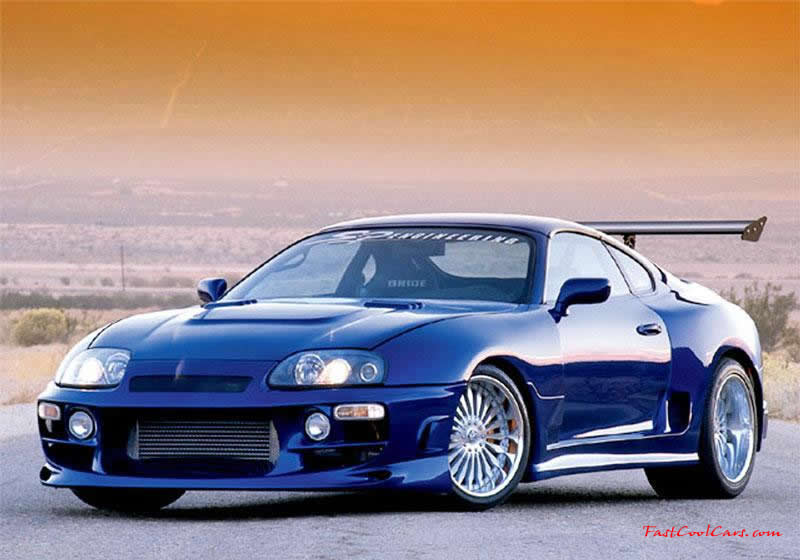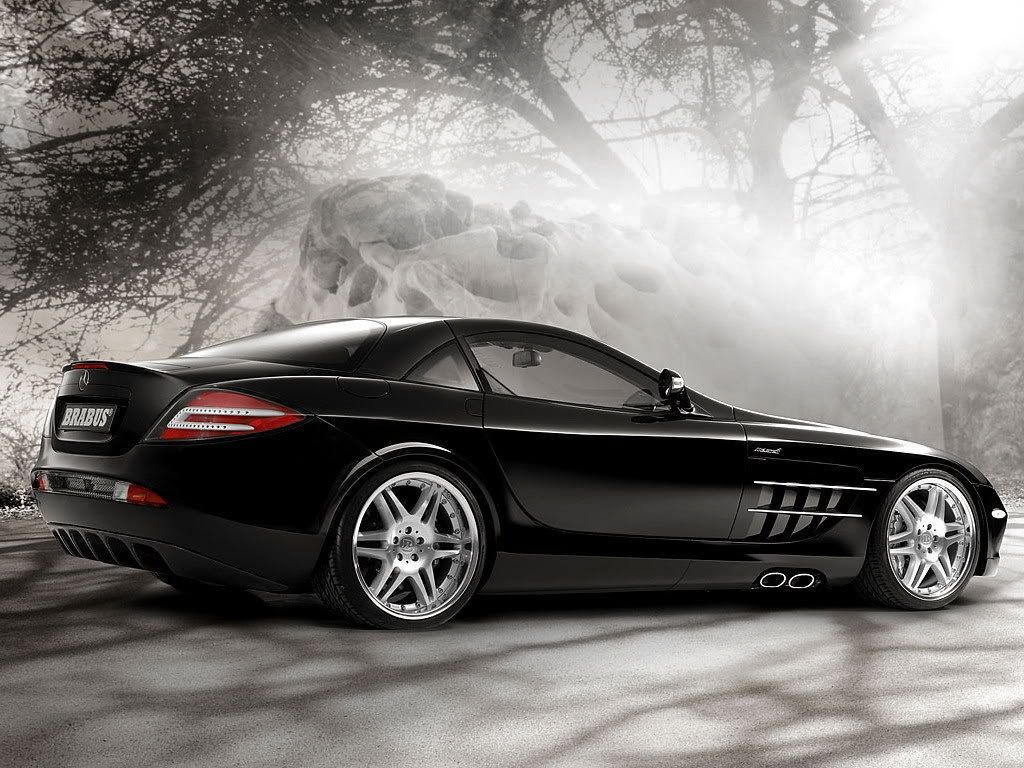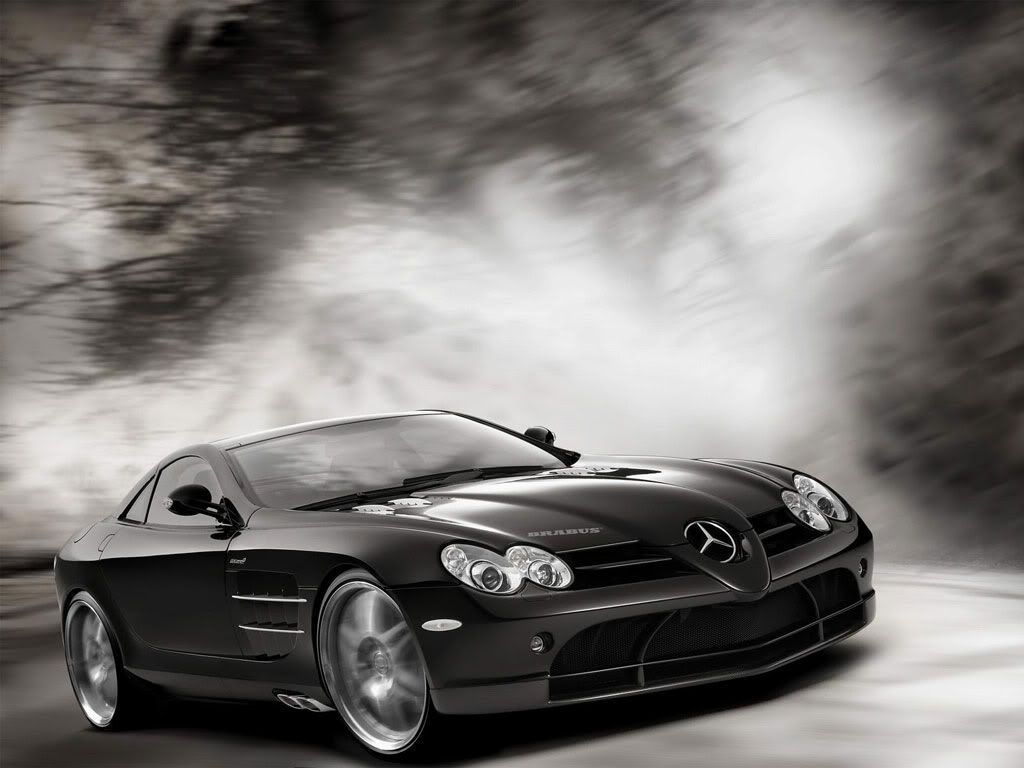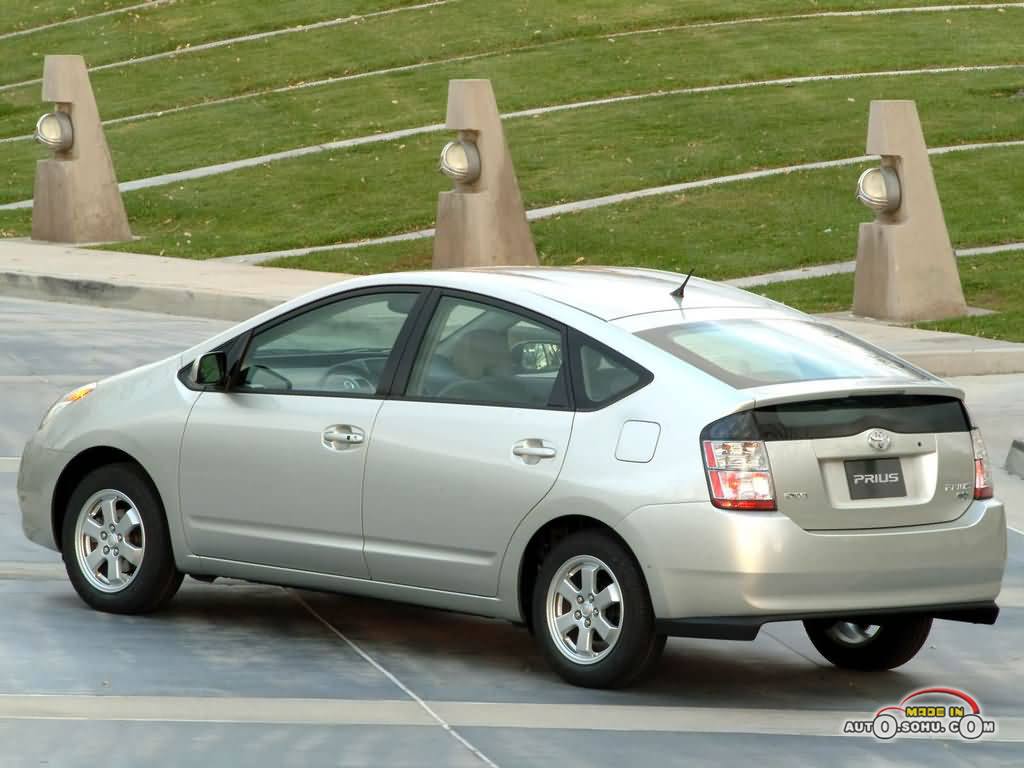
The images confirm the rumors that the Prius would be growing in exterior dimensions – the car seen here is both longer and wider than today’s version – meaning more usable space for backseat passengers and trunk storage. Toyota is said to be giving the Prius a power hike as well, supplying the car with better performance in addition to its beefier body. While one might expect that a larger more powerful car would indicate an attendant drop in fuel efficiency, we’re told that the new Prius will be even more fuel efficient than the old one. That’s a viable claim considering the pressure Toyota must be under to improve the vaunted mpg numbers for its green halo car.

While we’ve seen images of a Toyota test mule for the next generation Prius hybrid already, that earlier test vehicle was little more than a powertrain mule built from the current model with a new front fascia attached. These new images reveal much more; the very first look at the all new, next generation Prius.

Scroll down for the spy shooter’s own words on the next gen Prius and be sure to browse through our gallery of exclusive images above.
The world’s most popular Hybrid car, the Toyota Prius is getting a new look, and here are the first photos of it.
Caught earlier as a mule, with the new front welded to the old body, these are the very first photos of the completely new car.

One of the ways in which Toyota will pull off this trick new packaging is by replacing the current car’s nickel-metal hydride batteries with smaller lithium-ion units. Reported solar panels on the roof also seem to be for real.
Look for the Prius to start a family in this generation as well, with possible station wagon and convertible variants reportedly on the table.

Other news about the Prius: the roof will get solar cells to power the air-condition, and it will also be built in a new plant in Mississippi, USA. So when you look under the next generation Toyota Prius, it could stand: Made in USA, underneath.

Except for the fact that the new Prius has grown, and is now longer and wider, especially the rear seat passengers have gotten more space, and the boot is bigger, rumors are talking about a whole family of Prius models. That means that we also will see a station wagon and maybe even a convertible with the Prius badge.

Insiders in Japan are talking about more power and yet still better fuel economy. There might even be a plug-in version this time which will be even more fuel efficient.
Other news that Toyota is working with, is that they will change the NiMh batteries for lighter and smaller Li-ion batteries. The Li-ion will not just make it possibly to load some more stuff in the boot because they are smaller, no, it will make the Prius faster as well.
Source:nextautos
Other article:
Toyota Prius Convertible
Toyota Prius Plug-In Hybrid
Toyota to Raise Prius Family
Toyota Wins First NASCAR Race
Toyota Claims NASCAR Title
Toyota Camry Gets NASCAR Boost
Larger Toyota IQ on the way?
Geneva:Toyota iQ
Toyota iQ Concept






















































